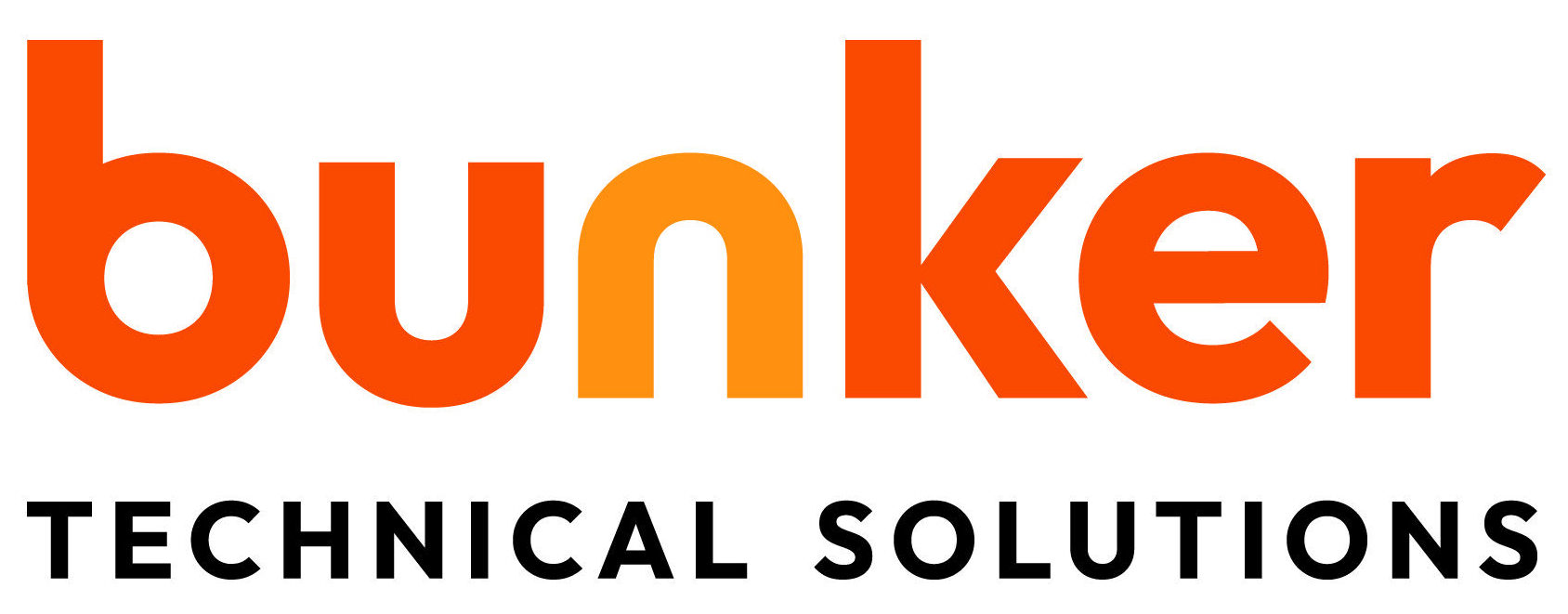10 Essential Microsoft 365 Hacks Every Business Should Know
-
Aug, Thu, 2025
- 7 minutes Read
Boosting Productivity with Microsoft 365 Shortcuts
Unlocking the full potential of Microsoft 365 begins with mastering its time-saving keyboard shortcuts. These clever combinations are more than mere conveniences—they are essential productivity tools that help professionals move swiftly between tasks, minimize repetitive actions, and maintain momentum throughout the workday. By integrating these shortcuts into daily routines, businesses can empower their teams to accomplish more in less time, directly impacting overall performance and efficiency.
Why Keyboard Shortcuts Matter
Every second counts in today’s fast-paced business environment. Navigating menus and searching for functions can lead to lost minutes, which accumulate into hours over the course of a month. Microsoft 365 shortcuts cut through this inefficiency by enabling instant access to frequently used features in applications like Outlook, Word, Excel, and Teams. Whether it’s composing emails, formatting documents, or managing spreadsheets, shortcuts streamline workflows and reduce cognitive load.
Must-Know Shortcuts for Everyday Tasks
- Ctrl + C / Ctrl + V: Copy and paste content instantly across all Microsoft 365 apps.
- Ctrl + Shift + M: Quickly mute and unmute in Microsoft Teams meetings.
- Alt + Q: Jump to the “Tell Me” search bar to find commands without hunting through tabs.
- F2 in Excel: Edit active cell content without double-clicking.
Incorporating these shortcuts into everyday usage not only accelerates individual tasks but also fosters a culture of efficiency across teams. As your staff becomes fluent in Microsoft 365’s shortcut language, they’ll discover new ways to optimize their workflow, paving the way for enhanced collaboration and sustained business growth. Embracing these hacks is the first step toward unlocking the full power of your Microsoft 365 subscription.
Streamlining Team Collaboration Using Microsoft Teams
In the fast-paced world of business, seamless team collaboration is not just a convenience—it’s a necessity. Microsoft Teams emerges as a central hub for teamwork within Microsoft 365, transforming how organizations communicate, share, and innovate together. By integrating chat, video meetings, file storage, and real-time collaboration tools into one unified platform, Teams breaks down traditional silos and fosters a culture of transparency and agility.
Centralized Workspaces for Enhanced Productivity
One of the key advantages of Microsoft Teams lies in its ability to centralize workspaces. Employees can create dedicated channels for different projects, departments, or topics, ensuring relevant conversations and resources remain organized and easily accessible. This targeted approach minimizes information overload and keeps teams focused on what truly matters.
Real-Time Communication and Collaboration
Teams empowers users to move beyond endless email threads. Instant messaging, threaded conversations, and integrated video calls enable swift decision-making and effortless knowledge sharing. Built-in collaboration with apps like Word, Excel, and PowerPoint allows team members to co-author documents in real time, eliminating version confusion and accelerating project timelines.
Custom Integrations and Workflow Automation
With support for third-party integrations and custom apps, Microsoft Teams adapts to unique business needs. Automating routine tasks through Power Automate or incorporating tools like Planner and SharePoint streamlines workflows, freeing up valuable time for strategic initiatives.
By leveraging the full potential of Microsoft Teams, businesses can transform collaboration into a strategic advantage, paving the way for greater innovation and long-term success.
Enhancing Document Management in OneDrive and SharePoint
Effective document management forms the backbone of modern business operations, and Microsoft 365 offers powerful tools through OneDrive and SharePoint to streamline this process. By harnessing these platforms, organizations can ensure files are accessible, secure, and seamlessly collaborative, driving productivity across teams.
Centralized and Secure Storage
OneDrive provides a personal, cloud-based space for employees to store work documents securely. With automatic versioning and file recovery, accidental deletions or overwrites become a thing of the past. SharePoint, meanwhile, acts as a centralized document repository, enabling structured storage for teams, departments, or entire organizations. This centralized approach simplifies document retrieval and guarantees that everyone works from the latest, approved file versions.
Advanced Collaboration Features
Collaboration is effortless with real-time co-authoring in both OneDrive and SharePoint. Multiple users can edit documents simultaneously, with changes tracked and visible to all contributors. Integration with Microsoft Teams further enhances this experience, allowing users to share files directly within chat threads or meetings—removing the friction of email attachments and outdated copies.
Streamlined Organization and Workflow
- Metadata tagging: Assign custom tags and properties to documents for easier categorization and searchability.
- Automated workflows: Use SharePoint’s automation tools to route documents for approval, notify stakeholders, or archive files based on business rules.
- Smart sharing controls: Set permissions that limit access to sensitive information, ensuring data security and compliance.
By mastering these document management hacks in OneDrive and SharePoint, businesses lay a solid foundation for secure, organized, and efficient collaboration—empowering teams to focus on strategic work rather than administrative tasks.
Optimizing Outlook for Efficient Email Handling
Mastering Outlook within Microsoft 365 unlocks a new level of email efficiency that every business professional craves. The platform’s sophisticated set of features, when properly harnessed, can transform your daily workflow from chaotic to seamless. Begin by leveraging Outlook’s robust email filtering and organization tools. Utilize Rules to automatically sort incoming messages into folders based on sender, subject, or keywords, ensuring important correspondence is never buried beneath less urgent notifications.
Take advantage of Focused Inbox, which intelligently separates high-priority emails from the rest, allowing you to concentrate on what truly matters. For repetitive responses, Quick Steps and Templates are invaluable; these features let you automate routine replies or multi-step actions with a single click, drastically reducing response times. Additionally, employ Categories and Flags to visually prioritize or track emails requiring follow-up, ensuring nothing slips through the cracks.
Key Outlook Optimization Tips:
- Schedule Emails: Use the “Delay Delivery” option to time your communications for maximum impact.
- Keyboard Shortcuts: Master shortcuts to swiftly navigate, organize, and respond without lifting your hands from the keyboard.
- Search Folders: Create dynamic folders that automatically collect emails matching set criteria, making retrieval effortless.
By systematically applying these Microsoft 365 hacks, you’ll not only streamline your inbox management but also reclaim valuable time to dedicate to higher-level business activities. Up next, discover how to elevate your collaboration with Microsoft Teams.
Leveraging Templates and Automation in Microsoft 365 Apps
Maximizing productivity begins with mastering the built-in templates and automation capabilities embedded within Microsoft 365 apps. These powerful features are designed to streamline repetitive tasks, reduce errors, and help businesses maintain brand consistency across documents, presentations, and communications.
Streamlining Workflows with Templates
Microsoft 365 offers a vast library of professionally designed templates for Word, Excel, PowerPoint, and Outlook. Whether you need invoices, project plans, meeting agendas, or marketing presentations, templates provide a polished starting point that saves valuable time. Customizing these templates with your company’s branding ensures a unified look and feel, fostering professionalism both internally and externally. Teams can easily share custom templates through SharePoint or OneDrive, ensuring everyone has access to the latest versions and eliminating inconsistencies.
Automating Repetitive Tasks
Automation is another transformative feature within Microsoft 365. Tools like Power Automate allow users to create workflows that handle routine processes—such as automatically saving email attachments to OneDrive, syncing calendar events, or sending notifications when documents are updated. Even simple automations, like pre-populated email responses in Outlook or recurring task reminders in Microsoft To Do, can significantly boost productivity and ensure nothing falls through the cracks.
By leveraging templates and automation, businesses can focus their efforts on high-value activities instead of manual, time-consuming tasks. This strategic approach not only boosts efficiency but also fosters a culture of innovation and agility across the organization.


